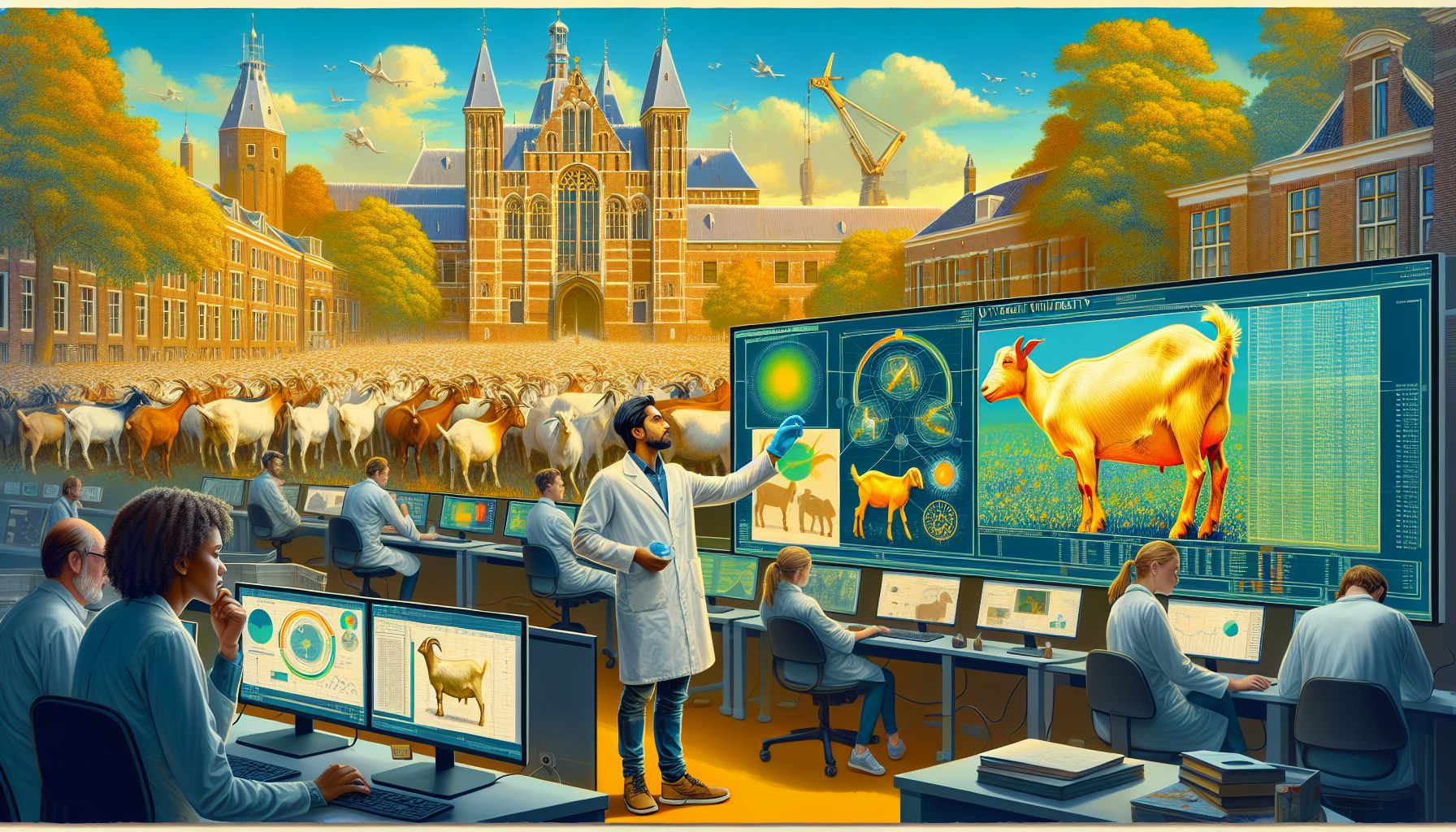Utrecht University Advances AI for Swift Diagnosis of Goat Mastitis

Utrecht, Wednesday, 29 January 2025.
Utrecht University is innovating with AI tools to quickly detect mastitis in goats, potentially reducing time to identify infections and preventing reinfections, thereby improving livestock health management.
The Challenge of Staphylococcus aureus
Associate Professor Gerrit Koop at Utrecht University explains that Staphylococcus aureus poses a significant challenge in goat farming, as it leads to chronic mastitis infections [1]. The bacterium is particularly problematic because it can persist in infected animals, with research showing that 50% of infected goats still maintain infections in one udder half after six months [1]. The economic impact is substantial, with moderate udder asymmetry resulting in approximately 120 grams less milk per day, while severe asymmetry causes a loss of 250 grams daily [1].
Current Impact on Dairy Production
Recent studies from Utrecht University have revealed that moderate asymmetry affects 18% of goats, while severe asymmetry impacts 4% of the population [1]. The persistence of the infection is particularly challenging because the bacteria can often be found in the nose of infected animals, increasing the risk of transmission to other goats [1]. As Koop notes, ‘It’s crucial to prevent infected animals from contaminating others, possibly by keeping them in separate groups’ [1].
Innovative AI Solution
The University of Utrecht’s Digital Competence Center is spearheading the development of an advanced AI system designed to identify infected animals more quickly through automated diagnostic testing [1][5]. This healthtech innovation represents a significant step forward in livestock health management. The system will employ camera technology to automatically filter and identify affected udders [1], leveraging the university’s expertise in digital infrastructure and research data analysis [5].
Future Implementation and Benefits
The development of this AI-driven diagnostic tool [1] aligns with Utrecht University’s broader initiatives in digital competency and research support [5]. The system aims to enhance monitoring based on age groups and lactation stages, providing a more comprehensive approach to herd health management [1]. While the project is still in development [alert! ‘exact completion timeline not specified in sources’], it represents a significant advancement in the application of AI technology to agricultural health challenges.

